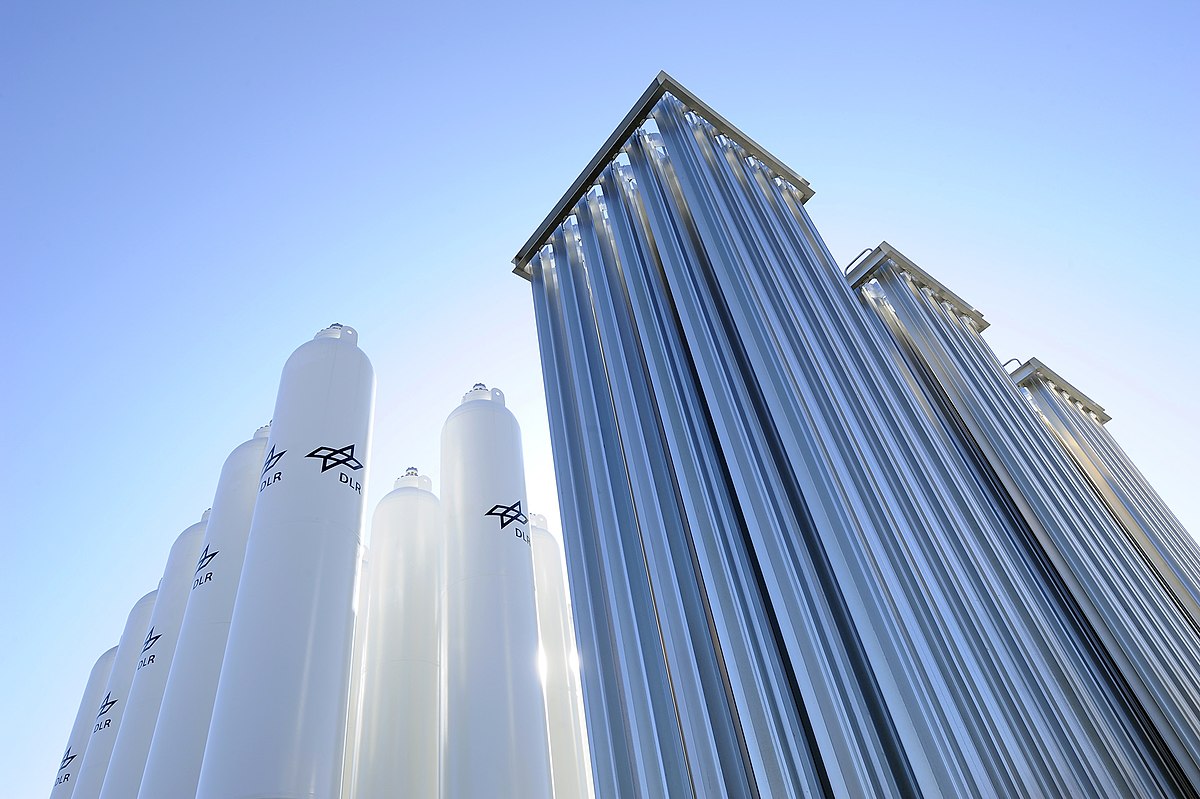From pv magazine Spain
A team from the Institute of Chemical Technology (ITQ), a joint research center of the Polytechnic University of Valencia (UPV) and the Higher Council for Scientific Research (CSIC), and the UPV's Institute of Information and Communications Technologies (ITACA) has developed the design of materials that can improve the process of obtaining hydrogen from water from microwave radiation.
Among hydrogen production technologies, steam electrolysis and solar-powered thermochemical cycles using reducible solid oxides show promise but face problems due to high operating temperatures. The microwave-driven redox chemical loop enables direct, contactless electrification of the process, while reducing operating temperature and complexity.
The scientists demonstrated in previous work that microwaves can effectively drive water reduction/splitting cycles using Gd-doped ceria at low temperatures (<250 C), but the material properties need to be tuned. In this new work they explore key material properties that affect the redox mechanism by screening a series of doped ceria materials to enhance microwave hydrogen production.
The research focuses on the notable improvement of green hydrogen production through redox cycles, in which the material takes up and releases oxygen from water, and stably separates it from oxygen.
The developed process allows green hydrogen to be obtained from renewable electricity due to the design and use of materials that have these redox properties and that respond to microwave radiation. The basis of the redox chemical cycle is the transfer of electrons between atoms of different elements in the presence of the induced electromagnetic field, which allows the electrification of the process.
Microwaves provide unique advantages in the electrification of a redox process, such as the provision of electrical energy without the need for contacts and the drastic decrease in the cycle temperature (from 1,300 C to 400 C), which also reduces the complexity of the process obtaining H2 and maximizing energy efficiency.
“The main novelty of the work is the exhaustive study of the material properties that determine the performance of the process,” the researchers explain in “Enhanced Hydrogen Production in Microwave-Driven Water-Splitting Redox Cycles by Engineering Ceria Properties,” recently published in Advanced EnergyMaterial.
“The foundations of materials design have been laid to adapt the production of oxygen and hydrogen, and adjust the energized state of the material depending on the desired application. In addition, it has been shown that it is possible to extract oxygen through a very fast and highly controlled pulse process,” they add.
“The design of the cavities or chambers where we apply microwaves, as well as the control of the radiation process on these materials, is essential to take advantage of the unique advantages that microwave technology offers. In recent years, this technology has been consolidated in numerous industrial applications due to its rapid scalability and high energy efficiency,” explains ITACA director José Manuel Catalá.
“During the research, a detailed study was made of the influence on hydrogen production of different dopants introduced into the matrix material (cerium oxide) with the aim of adjusting the interaction with microwave radiation and the properties of the resulting energized material. Subsequently, the hydrogen production capacity of this material and the mechanism that governs the process have been studied, which will facilitate the future design of materials,” concludes ITQ director José Manuel Serra.
This content is protected by copyright and may not be reused. If you want to cooperate with us and would like to reuse some of our content, please contact: editors@pv-magazine.com.



By submitting this form you agree to pv magazine using your data for the purposes of publishing your comment.
Your personal data will only be disclosed or otherwise transmitted to third parties for the purposes of spam filtering or if this is necessary for technical maintenance of the website. Any other transfer to third parties will not take place unless this is justified on the basis of applicable data protection regulations or if pv magazine is legally obliged to do so.
You may revoke this consent at any time with effect for the future, in which case your personal data will be deleted immediately. Otherwise, your data will be deleted if pv magazine has processed your request or the purpose of data storage is fulfilled.
Further information on data privacy can be found in our Data Protection Policy.